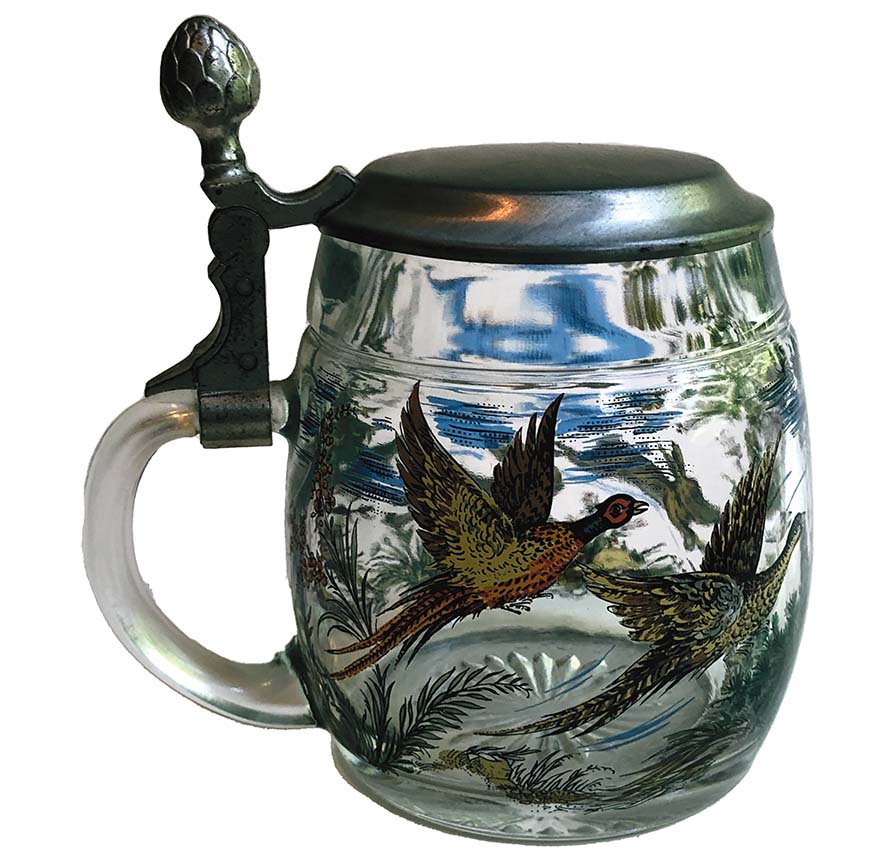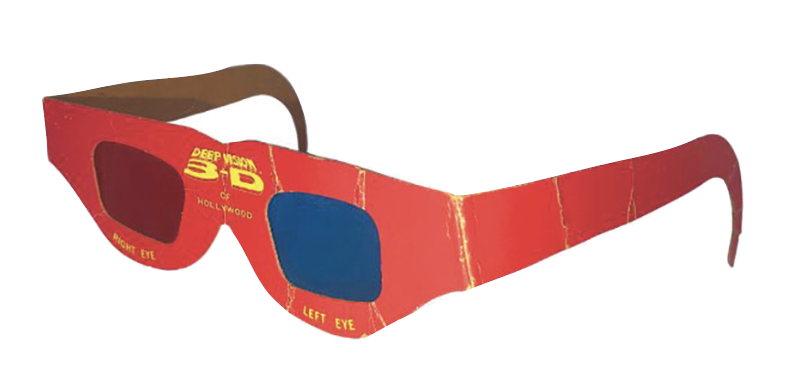
Dorri Partain
Contributor
Centuries before the bottling and canning process improved the sanitation of beverages, German laws stipulated that drinking vessels should have a cover over the top.
As the Bubonic Plague spread across Europe during the 14th century, the discovery that improved sanitation would reduce deaths led to the development of the classic souvenir from Germany. Commonly referred to as a “stein”, the actual German name is steinzuegkrug (stoneware mug) as well as bierkrug, masskrug, humpen, alderhumpen, keferlofer, and bierseidel.
Whether the stein is stoneware, pewter, or glass, the levered lid is the design factor that makes a common mug into a collector’s item. The glass vessel pictured here features a wrap-around printed scene depicting pheasants in flight on one side, and leaping rabbits on the other. The pewter lid is decorated with a finial that resembles an artichoke. The bottom is embossed “Original BMF Bierseidel” to denote the style and manufacturer.
Bayerishe Metallwarenfabrik (Bavarian Hardware Factory) or BMF, was founded in 1902 by Hans Wagner and Willy Gundel. Located in Nuremburg, the company focused on creating fine housewares, such as decanters, salt and pepper sets, and serving wares that often combined glass and metal, as well as a full line of beirseidels in various sizes. Miniature seidels only two inches tall were produced solely as souvenirs, while pint seidels (shown) could actually be used for drinking.
The factory closed in 1998 following a bankruptcy, ending nearly a century of production. Descendants of the founders opened a portion of the factory as the BMF Museum in 2007, with displays of previous products and catalogs. The BMF Bar adjoins the museum, offering upscale casual food and drinks.
This beirseidel was purchased in Germany as a souvenir and has been a family memento since 1984.


















